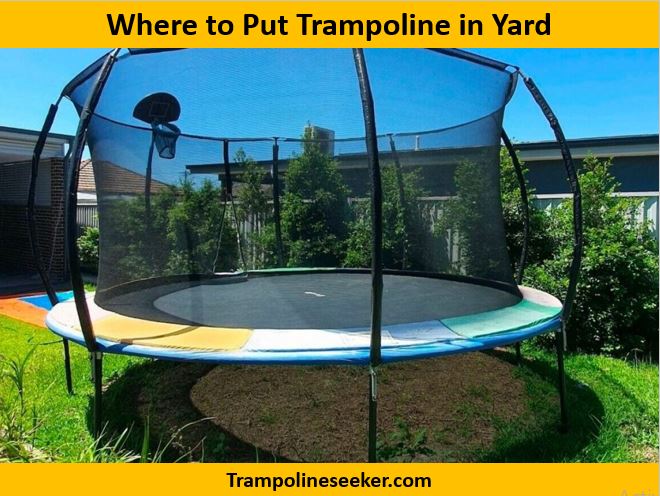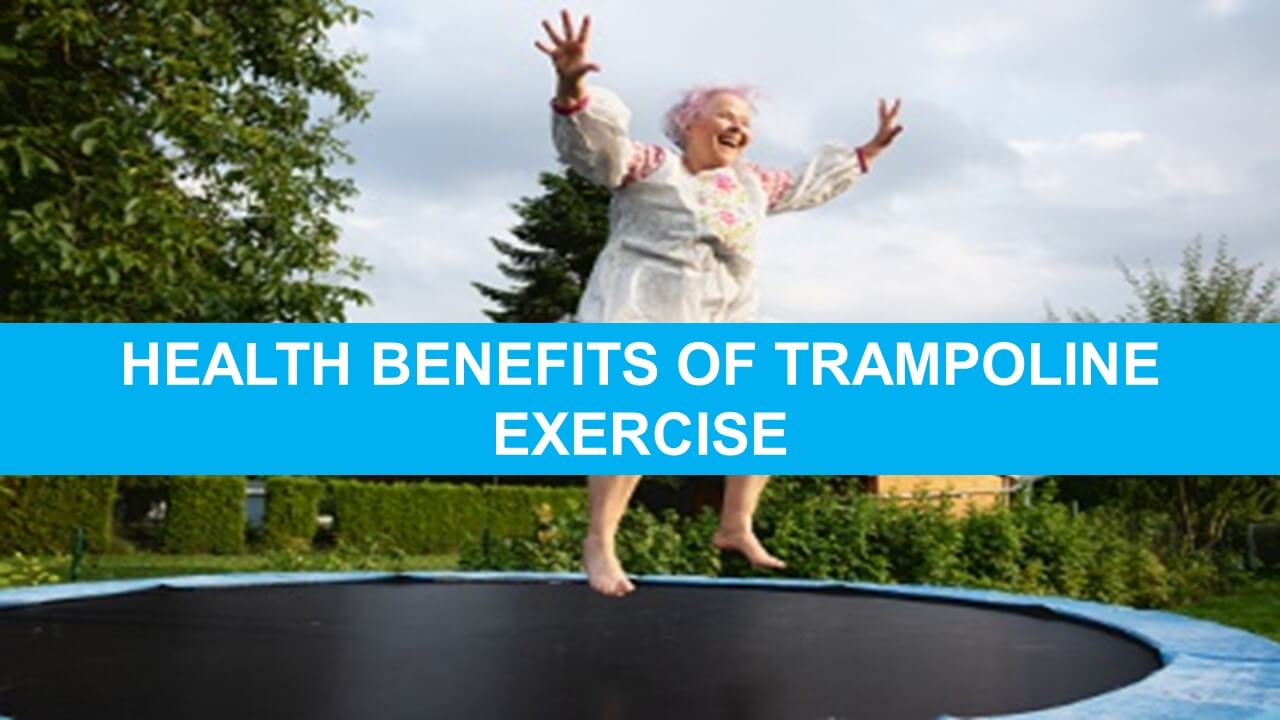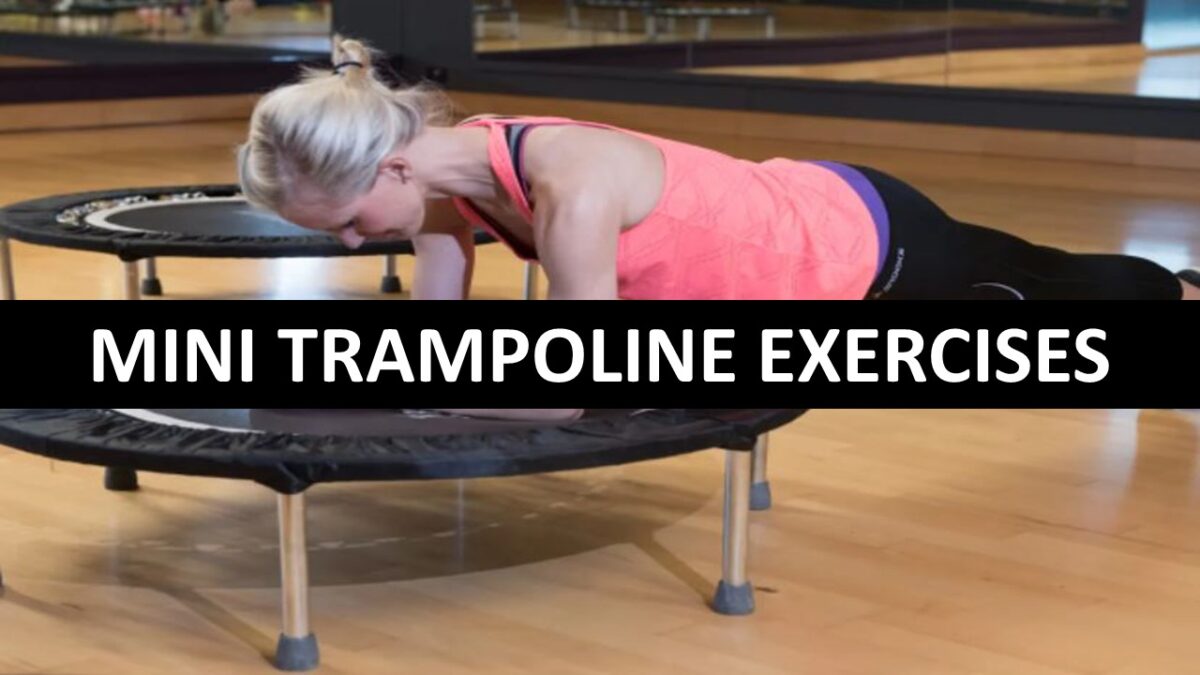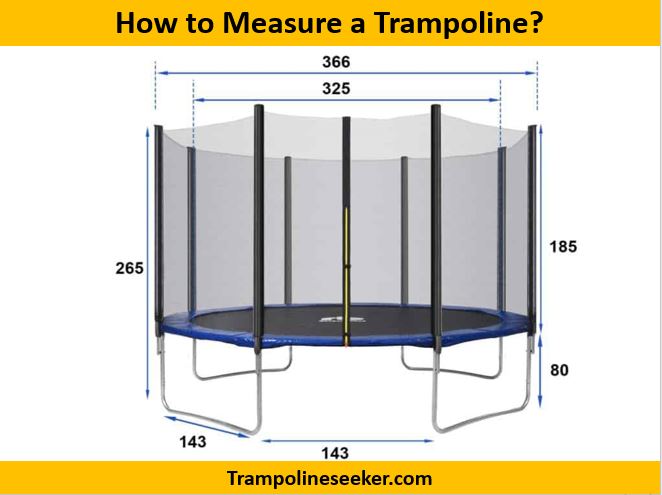Narrated by Mr. Thomas, written by Ammar Masoud and edited by M Waqas Saeed.
I was disappointed when the brand new 14-ft trampoline I just bought turned out to have an overly stiff mat. As a 220 lb, 6’2” tall man, I expected a certain level of bounce and give, but the mat felt too rigid and offered little flex or propulsion for jumps and flips.
After doing some digging into why a new trampoline would have such poor bounce performance, I uncovered several factors that can lead to a stiff bouncing surface. With this knowledge in hand, I was able to evaluate my trampoline issues and implement some DIY solutions to soften up the mat.
What Causes Stiff Trampoline Mats?
There are a few key reasons why a trampoline might have an overly taut, rigid feel to the bouncing surface:
Strong, Short Springs
The springs that connect the bouncing mat to the frame play a crucial role in trampoline function and bounce. If the springs are too strong and short, they can create excessive tension in the mat, restricting flex and causing a stiff feel. This seemed to be the main culprit with my new 14-ft trampoline.
Insufficient User Weight
Trampolines are designed to account for the user’s body weight and adjust accordingly. If you do not meet the intended weight range for the trampoline, lighter users may find the mat feels overly stiff and tight. My 220 lb frame was well within normal limits, so insufficient weight was not the issue.
Poor Quality Materials
Cheaply made trampoline mats constructed from low-grade, rigid materials can lead to stiff bounce performance, especially on larger recreational trampolines. Upgrading to high quality mat materials makes a noticeable difference.
Harsh Weather Conditions
Extreme cold or heat can cause the mat fabric to contract or expand respectively, altering tension and feel underfoot. My trampoline was brand new and used in normal weather, so environmental factors did not play a role.
Tackling a Tight, Stiff Trampoline Mat

After identifying the likely culprit as overly strong springs, I tested out a few DIY solutions to soften up the rigid bouncing surface on my 14-ft trampoline:
Remove/Replace Select Springs
The easiest fix is to remove some of the shorter, stronger springs around the trampoline frame to reduce surface tension. I detached 4 springs and measured length to find replacements that were approximately 0.5 inches longer. Reinstalling the longer springs offered more give and flex.
Add Spring Covers
Slipping plastic spring covers over the existing springs can dampen tension and create subtle “cushion” to landing impact. I added 16 covers around the perimeter and it noticeably improved overall feel.
Install a Trampoline Mat Pad
Adding padding between the springs/frame and mat helps absorb energy and decrease stiffness. I secured an 8x14ft pad on top of the mat which allowed for slightly deeper compression. Jumps felt less jarring with the additional pad.
Get a Mat Tension Gauge
Specialty retail stores sell trampoline mat tension gauges that measure exact tautness levels across surface. This helped me identify specific areas in need of tension adjustment for uniform bounce. I used the gauge results to guide targeted spring swaps and covers.
Key Takeaways for Dealing With Stiff Trampoline Mats
Through first-hand experience, troubleshooting, and experimentation with DIY solutions, I’ve gathered some key pointers for getting better bounce out of a rigid trampoline:
- Identify whether springs, weight, quality, or weather are source of problem
- Measure and replace overly strong springs with longer, weaker ones
- Add spring covers for subtle dampening of tension
- Install padding on mat for cushion between user and surface
- Use tension gauge to pinpoint tight spots needing adjustment
- Tuning tension takes trial-and-error with springs/covers to dial in
- Consider upgrading entire mat if cheaper materials used initially
With some tweaking using the methods above, I was able to drastically improve the rigid bounce feeling on my 14-ft trampoline. It took experimenting with different springs and padding configurations, but finding the right balance made a night and day difference in performance for jumps and flips. While buying a better quality trampoline initially would have saved the headache, I now have great bounce and some handy DIY skills for tuning and troubleshooting trampoline mat issues in the future.
Other Related Blogs:
- Why is My Trampoline Mat Loose?
- How To Install A Mat for a New Trampoline?
- Can I Upgrade the Springs and Mat on a Cheaper Trampoline?
- How to Remove Rust from Trampoline Springs?
- Are Springfree Trampolines Worth The Money?
- Springfree Trampolines Maintenance Tips and Tricks
- Partial Spring Replacement on Rectangular Trampoline
- How to Find the Right Size Spring Pad?
Frequently Asked Questions About Stiff Trampoline Mats
Still have questions about tuning trampoline bounce and working with stiff mats? Here are answers to some common queries:
What is the ideal trampoline weight limit for adults?
For full-sized recreational trampolines, optimal user weight ranges from 150-450 lbs. Heavier individuals over 300 lbs may need specially reinforced trampolines.
How do I know if my trampoline springs are too stiff?
Signs of springs being too stiff include minimal “give” when pressing the mat, inability to touch mat to frame fully, and poor lift on jumps. Stiff springs restrict mat movement.
Should my knees touch the trampoline when jumping?
No – ideally your knees should not hit the mat even when landing from full height. If they do, the mat is too tight and bounce too firm.
What trampoline brand has the best bounce?
Top brands known for excellent bounce quality include JumpSport, Springfree, Skywalker, Vuly, and Upper Bounce. Compare construction, warranty, reviews.
Can you adjust tension on rectangular trampolines?
Yes, rectangular trampolines have tension adjustment mechanisms like T-sockets or ratchet systems. This tunes tension rather than needing to install longer/shorter springs.
Conclusion
Tuning trampoline bounce by working with springs, tension, quality of materials takes some patience, but dramatically enhances the jumping experience once dialed in properly. Don’t hesitate to experiment with DIY tweaks or reach out to the manufacturer for guidance if encountering a frustratingly stiff mat on a new trampoline. With the right adjustments, you’ll be bouncing with better flex and lift in no time!
Articles You May Like to Read:













